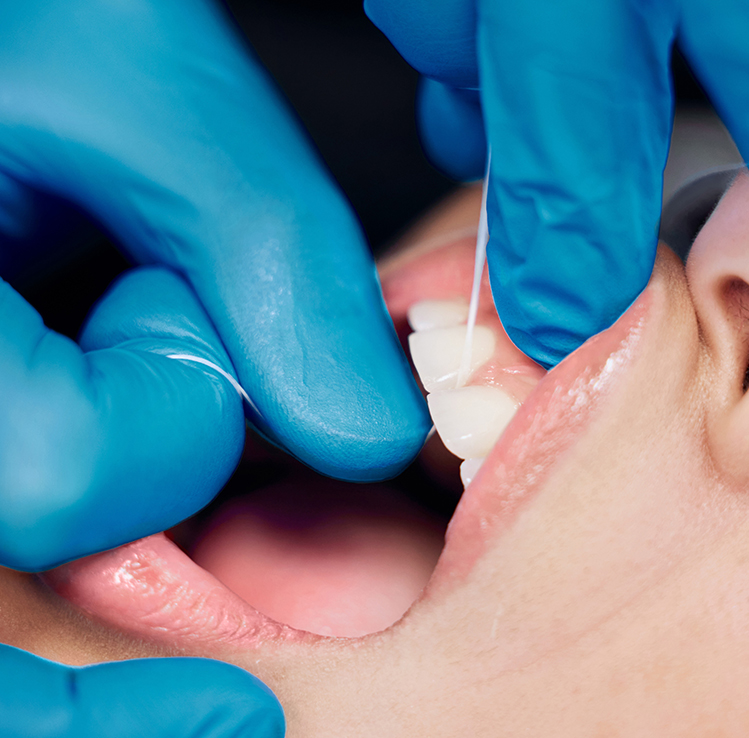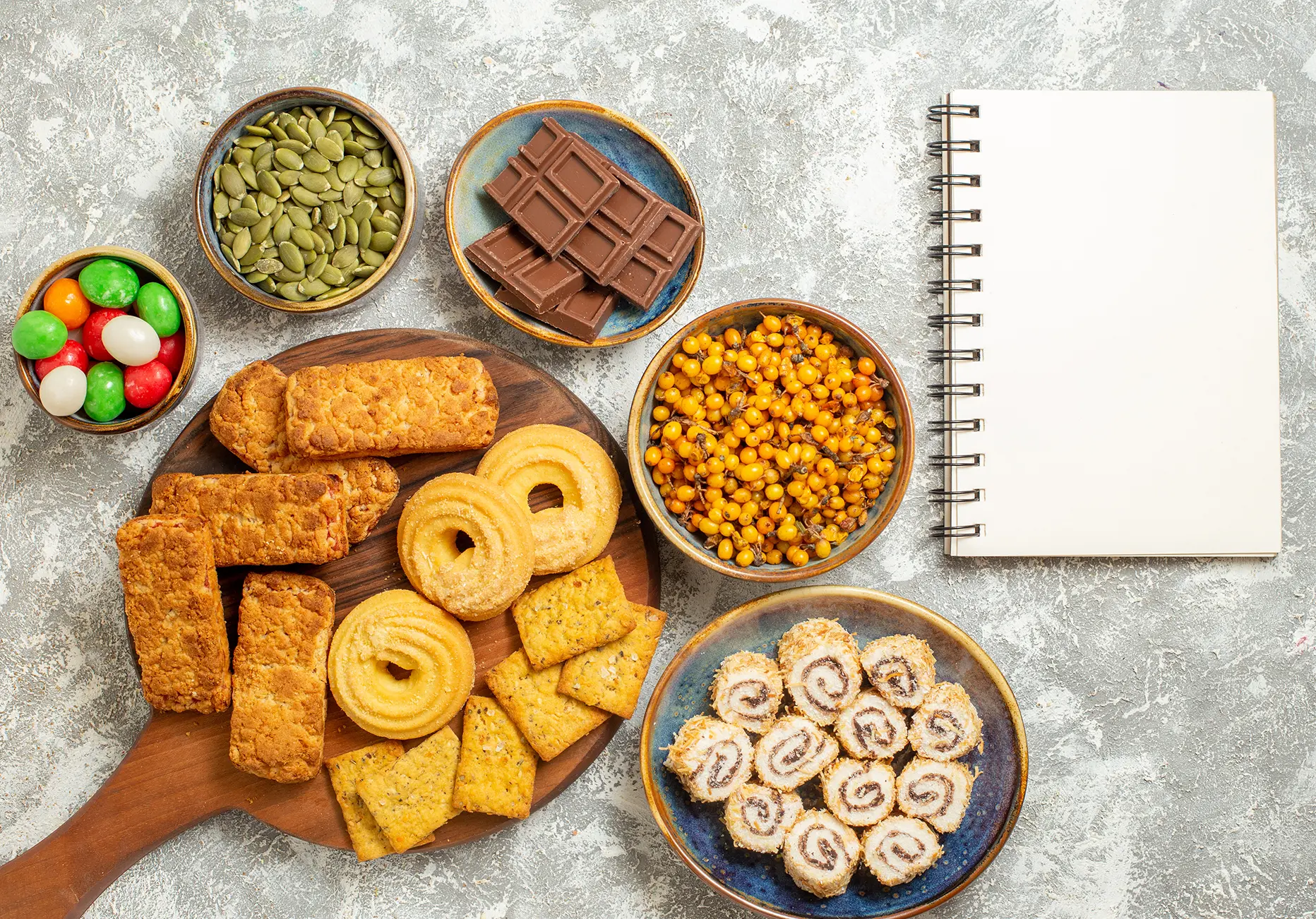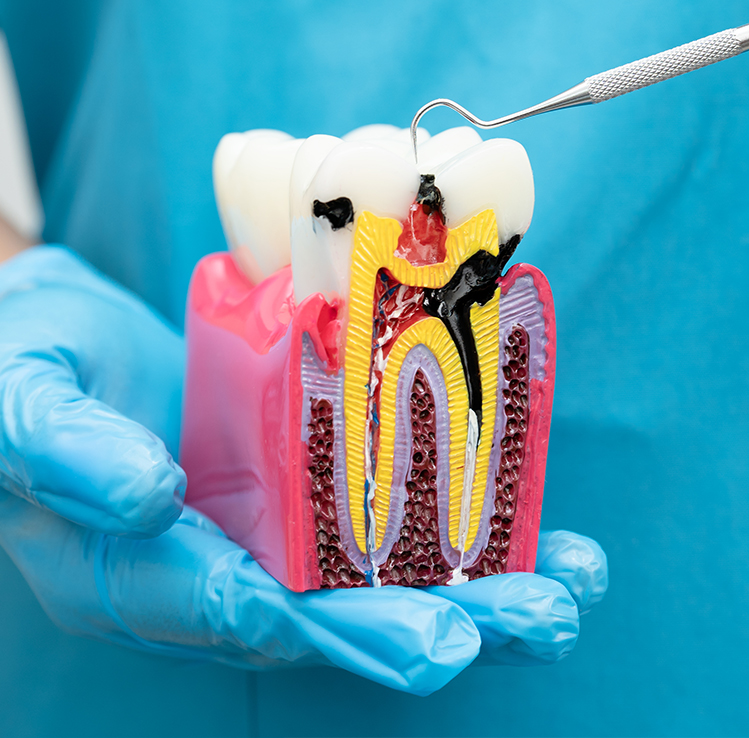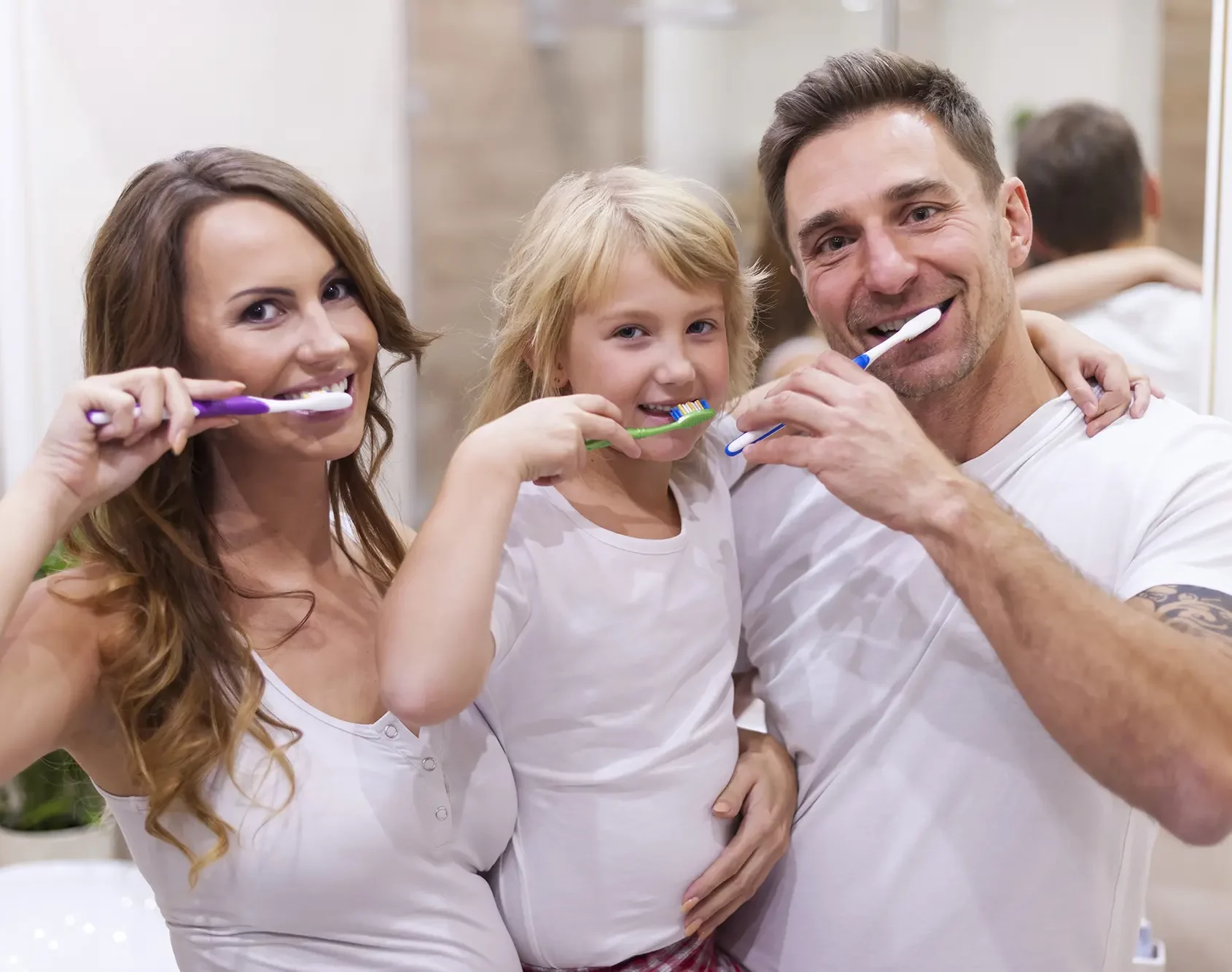
Introduction
Dentists used to think the only thing needed to prevent cavities were brushing and flossing well and avoiding sugar, but we’ve come to understand that it’s a much more complex process. Brushing and flossing re both still important, and sugar does cause cavities, but there’s more to it. Other factors, like when it is eaten, acidity in the mouth, and how dry your mouth is, all influence your risk of decay. Here’s an overview of what you can do to prevent decay, including product recommendations. We try to keep this page updated often with the latest information, but feel free to ask us if there’s been any recent changes to our protocol next time you come to see us!

Timing and Acid
Dental decay is ultimately an acid problem. The bacteria that live in plaque eat sugar and deposit lactic acid on teeth, which breaks down tooth structure. Controlling this plaque with brushing and flossing is essential to preventing decay. Additionally, your spit can neutralize the lactic acid, but it takes about an hour. If you are consuming other acidic drinks, which is most anything besides water, then that neutralizing ability goes away, and decay happens. If you are drinking water between meals, your saliva can neutralize the acid, and even re-mineralize spots at the beginning stages of decay.
The enamel in teeth is more resistant to acid than dentin is. If acid present in drinks has eroded the enamel away, then the dentin underneath can decay much easier. People with gum recession have exposed root surfaces that are much more susceptible to decay because of this.
Takeaways:
- Brushing and flossing are essential to remove the bacteria that cause decay Spend time between meals consuming only water.
- Good habits can reverse decay that is in the beginning stages exposed dentin and root surfaces are much more susceptible to decay.

Sugar
The bacteria that live in plaque love to eat sugar, especially table sugar. Reducing the amount of sugar in your diet can go a long way towards reducing the amount of decay you get. When you do eat sugar, limit sugar consumption to immediately after mealtimes, and avoid midnight snacks. Switching to fat-forward snacks like nuts, cheese, and jerky can be very healthy both for teeth and the rest of the body
Avoid eating sugars over a long period of time, like during a long movie or over the course of an afternoon. If you’re going to snack, have the snack, and switch back to water afterwards. Avoid habits like sipping a coffee with sugar over a long morning, sipping tea with honey, and eating little bites of snacks every few minutes.
Takeaways:
- Keep sugars to immediately after a meal, preferably once per day like after dinner.
- Replace sugary snacks with protein and fat-forward snacks like nuts, cheese, or jerky reduce overall intake of sucrose, glucose and fructose.

Acidity
To prevent decay, we want to neutralize the lactic acid that comes from plaque. Your spit does this naturally, but if you don’t have a lot of spit, you don’t have as much ability to neutralize that acid. Dry mouth is the most common side effect of many medications, so it’s common to see older patients start to get dry mouth as they are prescribed more medications.
There’s a new player in the game of fighting cavities beyond the toothbrush and floss, and that’s xylitol. Xylitol is a natural anti-cavity sugar that neutralizes acid in the mouth, as well as lubricate the mouth for better taste and comfort. Thankfully, xylitol comes in many forms including gum, mints, lozenges, spray, mouth rinse, and gel.
Xylitol is especially effective at neutralizing acid when used immediately after a meal. Chewing gum, having a mint, or simply spraying some is enough to neutralize the acid from the meal. When used before a meal, it can get spit flowing to make the meal taste better. Be careful leaving it round your dogs though, it is toxic to them
Products:
- Carifree Ctx2 spray
- Carifree Ctx3 mouth rinse
- Gum with Xylitol, like Trident
- Spry xylitol products, including gum, drops, spray, gel, and more
- Xylitol is toxic to dogs

Plaque Reduction
The bacteria that cause cavities live in plaque, so reducing plaque daily with brushing twice per day and flossing once per day. Brush the top of the teeth, next to the gums, on the gums, and then get those back teeth again! Floss is the only thing that gets plaque between the teeth, so move the floss up and down on each tooth surface involved in the contact. Ask me next time you’re in for more pointers!
To review:
- The bacteria that cause decay live in plaque
- Brush twice per day
- Floss once per day to clean between the teeth
- Brush next to the gums

